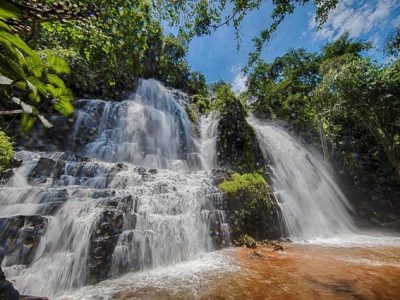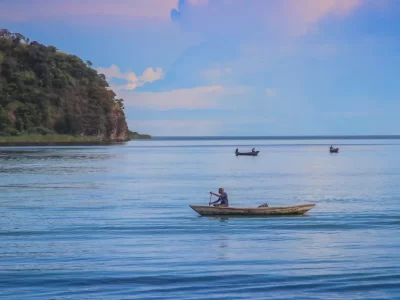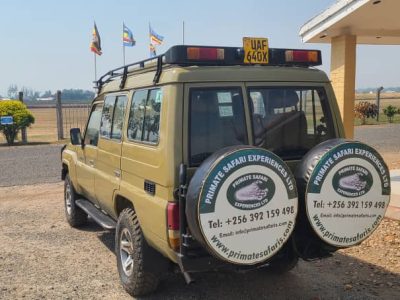Kibira National Park
Kibira National Park in Burundi
Kibira is a national park in northwestern region of the Republic of Burundi stretching through four provinces and covering an area of approximately 400 square kilometers. The park lies atop mountains of the Congo – Nile Divide and extends north from the provincial town of Muramvya to the border of the Republic of Rwanda where it is attached with the Nyungwe National Park.
The park is known for protecting the second largest primary montane rainforests in Burundi which is about 16% of the total park area plus two large tea plantations where one is in Teza and the other in Rwegura. This forest park is made up of areas with montane bog and the bamboo stands and several tree species and among these include; Newtonia buchananii, Symphonia globulifera, Entandrophragma excelsum, and Albizia gummifera.
With a total area of approximately 400 square kilometers, the forest comprises of more than 644 plant species, 98 species of mammals, and over 200 species of birds thus standing as the most important site in Burundi for the conservation of the montane forest birds.
History of the park
Before reserved as a national park in 1933, the forest of the park was a hunting reserve of the kings of Burundi. The local people respected the forest and believed that it had magical powers. Its sacred character and the prior to the colonial period played a big role in conserving it.
Wildlife of the park
Kibira national park is known for protecting a number of attractions including wildlife species, vegetation types and many others which include the following;
Bird species
Kibira national park is considered among the most important site in the Republic of Burundi for the conservation of the montane forest birds. The park is a home to various bird species including the migratory and the residential birds. Among the most important birds that are noted in the park include the great blue turaco, white spotted fluff tail, mountain buzzard, bar tailed trogon, the black and white casqued hornbill and many others.
Primate species
Kibira national park is known for protecting the largest montane rainforest in the Republic of Burundi. In these forests, a traveler can spot various primate species like chimpanzees, black and white colobus monkeys and many others.
Safari activities in the park
For one to watch the park attractions, he/she must take part in different park activities and among these include;
Chimpanzee trekking
The thick forest of Kibira national park is a home to a number of primate species including the chimpanzees. By the lead of the skilled park ranger, you will hike through the forests in search of these apes though finding them is said to be difficult due to the thickness of the forests. When you meet them by chance, you will definitely enjoy their lifestyles at a distance. As you hike through the park rainforests in search of the endangered chimpanzee species, you will also encounter other wildlife species like the monkeys and the giant forest squirrels jumping from one tree to another. While going for this activity, remember to move by the orders of the skilled ranger who will enable you move through the forest with ease from one place to another in search of them.
Bird watching
Spot a different species of birds in Kibira national park while having nature walks through the trails of the park. The park is credited among the important birding sites in the Republic of Burundi and among these birds include; the great blue turaco, black and white casqued hornbill, mountain buzzard, white spotted fluff tail and others.
Nature walks and hikes
Taste your physical ability by taking part in the guided nature walks and hikes through the montane rainforests of the park. During the walks, you will also enjoy the scenic views of the park surroundings at a closer distance as you watch different species like primates, trees, birds and some small mammals.
Best time to visit Kibira national park
Travelers can visit Kibira national park all year round but though the best time is during the dry season which is from July to September and the December to February. During this season, the park surfaces and plains are always dry and unslippery thus making the movement easy.












